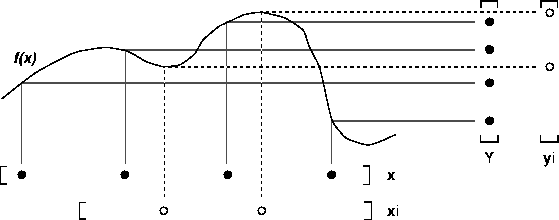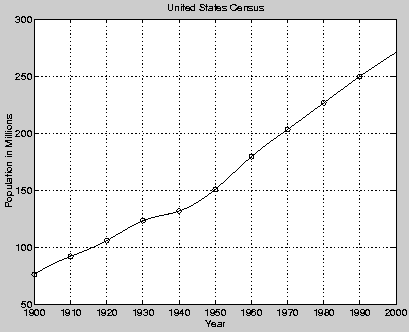Gamma functions
Syntax
Y = gamma(A) Gamma function
Y = gammainc(X,A) Incomplete gamma function
Y = gammaln(A) Logarithm of gamma function
Definition
The gamma function is defined by the integral:

The gamma function interpolates the factorial function. For integer n:
gamma(n+1) = n! = prod(1:n)
The incomplete gamma function is

:
Description
Y = gamma(A)
returns the gamma function at the elements of A. A must be real.
Y = gammainc(X,A)
returns the incomplete gamma function of corresponding elements of X and A. Arguments X and A must be real and the same size (or either can be scalar).
Y = gammaln(A)
returns the logarithm of the gamma function,
gammaln(A) = log(gamma(A)). The gammaln command avoids the underflow and overflow that may occur if it is computed directly using log(gamma(A)).
Algorithm
The computations of gamma and gammaln are based on algorithms outlined in [1]. Several different minimax rational approximations are used depending upon the value of A. Computation of the incomplete gamma function is based on the algorithm in [2].
References
[1] Cody, J., An Overview of Software Development for Special Functions, Lecture Notes in Mathematics, 506, Numerical Analysis Dundee, G. A. Watson (ed.), Springer Verlag, Berlin, 1976.
[2] Abramowitz, M. and I.A. Stegun, Handbook of Mathematical Functions, National Bureau of Standards, Applied Math. Series #55, Dover Publications, 1965, sec. 6.5.
[ Previous | Help Desk | Next ]

